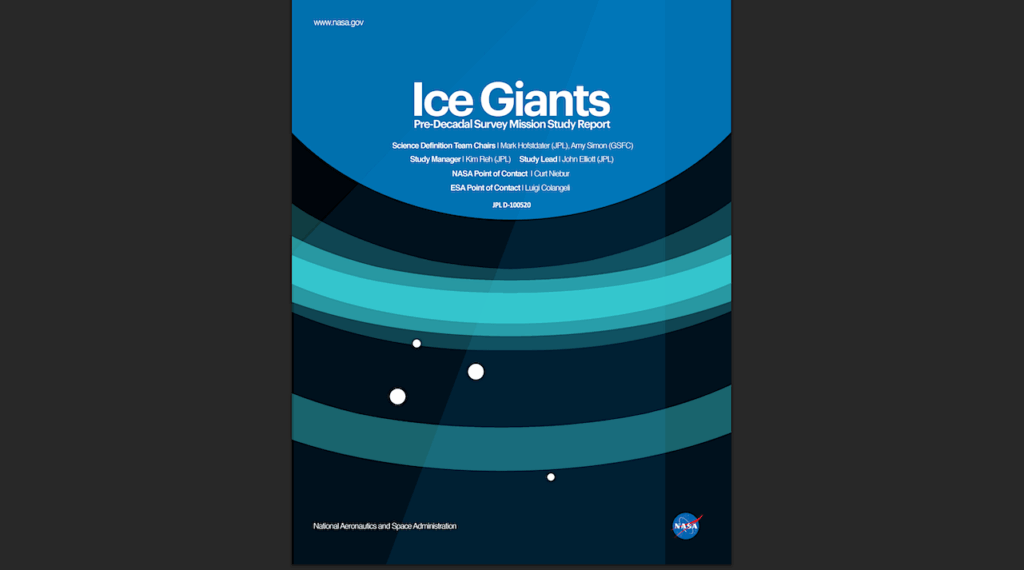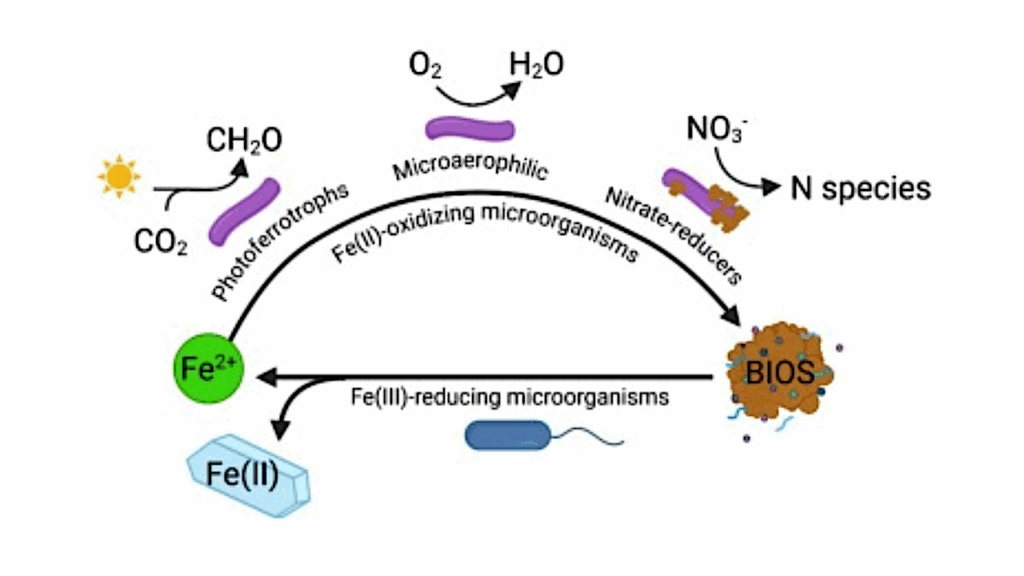Evolution of Gas Envelopes and Outgassed Atmospheres of Rocky Planets Formed via Pebble Accretion

We present here results of numerical simulations of the formation and early evolution of rocky planets through pebble accretion, with an with an emphasis on hydrogen envelope longevity and the composition of the outgassed atmosphere.
We model planets with a range in mass from 0.1 to 5 Earth masses that orbit between 0.7 and 1.7 AU. The composition of the outgassed atmosphere is calculated with the partial pressure of free oxygen fit to geophysical models of magma ocean self-oxidation. XUV radiation powered photoevaporation is considered as the main driver of atmospheric escape.
We model planets that remain below the pebble isolation mass and hence accrete tenuous envelopes only. We consider slow, medium or fast initial stellar rotation for the temporal evolution of the XUV flux. The loss of the envelope is a key event that allows the magma ocean to crystallise and outgas its bulk volatiles. The atmospheric composition of the majority of our simulated planets is dominated by CO2. Our planets accrete a total of 11.6 Earth oceans of water, the majority of which enters the core.
The hydrospheres of planets lighter than the Earth reach several times the mass of the Earth’s modern oceans, while the hydrospheres of planets ranging from 1 to 3.5 Earth masses are comparable to those of our planet. However, planets of 4-5 Earth masses have smaller hydrospheres due to trapping of volatiles in their massive mantles.
Overall, our simulations demonstrate that hydrogen envelopes are easily lost from rocky planets and that this envelope loss triggers the most primordial partitioning of volatiles between the solid mantle and the atmosphere.
Piia Maria Tomberg (University of Copenhagen, Globe Institute), Anders Johansen (University of Copenhagen, Globe Institute)
Comments: Accepted for Astronomy & Astrophysics
Subjects: Earth and Planetary Astrophysics (astro-ph.EP)
Cite as: arXiv:2409.11005 [astro-ph.EP] (or arXiv:2409.11005v1 [astro-ph.EP] for this version)
https://doi.org/10.48550/arXiv.2409.11005
Focus to learn more
Submission history
From: Piia Maria Tomberg Ms
[v1] Tue, 17 Sep 2024 09:11:32 UTC (12,438 KB)
https://arxiv.org/abs/2409.11005
Astrobiology, Astrogeology,








